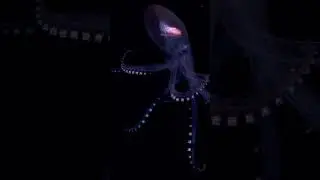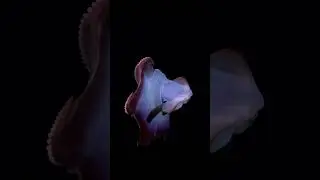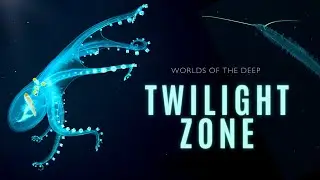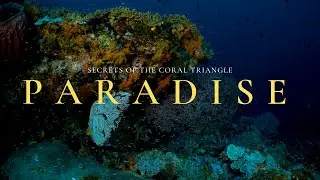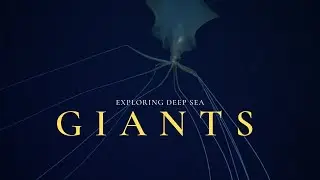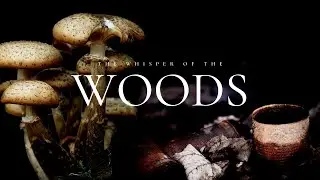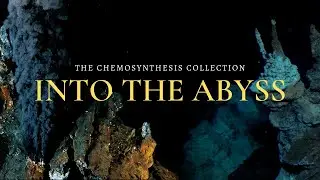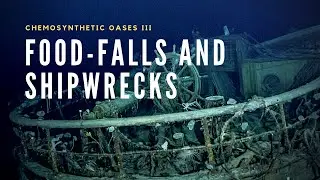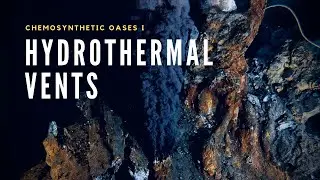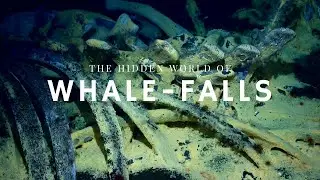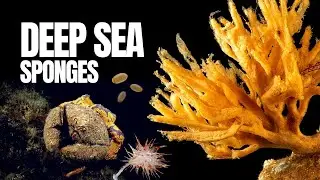What Is Adaptation?
CHECK OUT FIVE MINUTES: / channel
SYMBIOSIS VIDEO: • What Is Symbiosis?
Welcome to another episode of Natural World Facts! This fact file is all about Adaptation.
Hello and welcome to Natural World Facts, I'm Leo and today i’ll be talking about Adaptation.
First of all, what is an Adaptation? Adaptations are the ways in which organisms change over time in response to the changing demands of their environment. Through adaptation, organisms can develop certain physiological, behavioral, and structural traits gradually to better their chances of survival.
Adaptations usually develop in response to a change in the organisms habitat. One example of this happening is the English peppered moth. Before the 19th century, the most common variety of this moth was a creamy-colour with dark spots. Only a few peppered moths displayed colouring of grey or black.
As the Industrial Revolution drastically changed the environment, the appearance of the peppered moth changed and the darker-coloured moths, which were much rarer than the cream ones, started to thrive in the urban atmosphere. This was because their sooty colour blended in with the trees stained by industrial pollution. Birds couldn’t see the dark moths, so they ate the cream-coloured moths instead, which stood out among the blackened trees.
In this example, the moths are adapting their camouflage to blend in with their changing environment in order to be protected from predators.
In some cases, an organism can develop a set of adaptations that create an entirely new species. This process is known as speciation. An organism becoming isolated can lead to speciation. The huge variety of marsupials in Oceania is an example of how organisms adapt to an isolated habitat. Marsupials, mammals that carry their young in pouches, arrived in Oceania before the land split with Asia. Placental mammals, animals that carry their young in the mothers womb, dominated every other continent except Oceania, meaning there was no competition for the marsupials.
Organisms can sometimes adapt alongside or with other organisms. This is known as coadaptation. Certain flowers have adapted their pollen to attract hummingbirds. The hummingbirds have adapted long, thin beaks to extract the pollen from those flowers. In this relationship, the hummingbird gets food, while the plants pollen is distributed. The coadaptation is beneficial to both organisms, and is also a type of symbiotic relationship called mutualism. Watch my other video on symbiosis here.Mimicry is another example of coadaptation. With mimicry, one organism adapts to resemble another. The harmless milk snake (king snake) has adapted a colour pattern that almost directly resembles the deadly coral snake. This mimicry keeps predators away from the milk snake as they confuse it for the venomous coral snake.The mimic octopus has behavioral as well as structural adaptations. This species of octopus can mimic the look and behavior of other animals such as sea stars, crabs, jellyfish, and shrimp to disguise itself from predators.
Natural World Facts is a channel dedicated to bringing you fascinating facts about our natural world, and the wonderful animals that we share it with.
Subscribe for more videos!
Leave a suggestion in the comments for what animal you would like to learn about next.
OUR WEBSITE: http://goo.gl/Ngj5V6
TWITTER: http://goo.gl/U4T8JX








